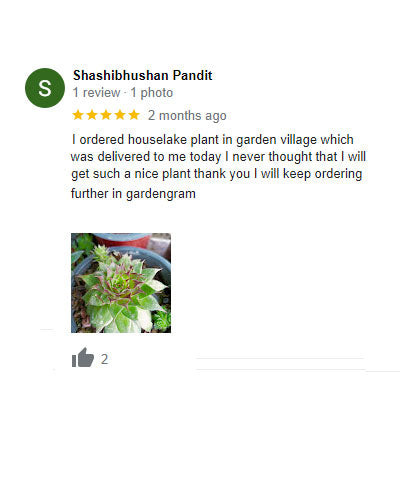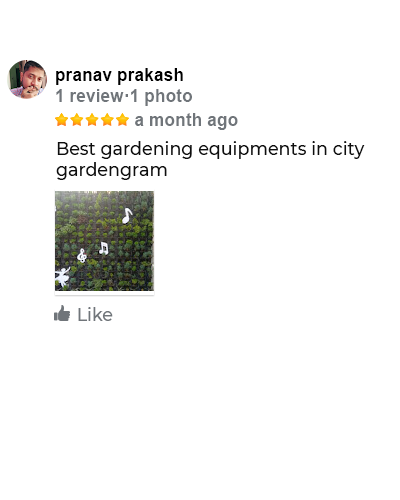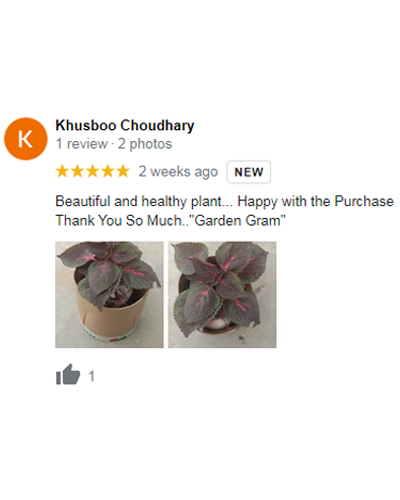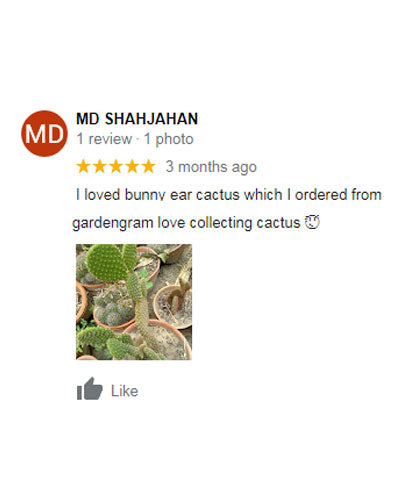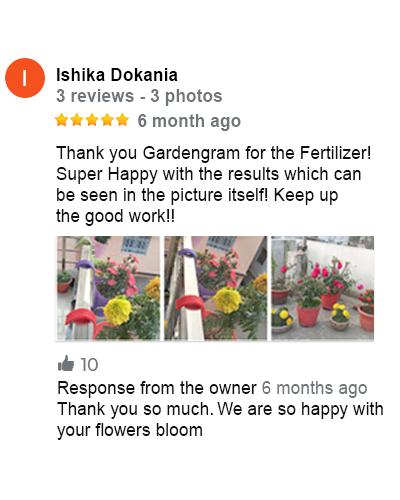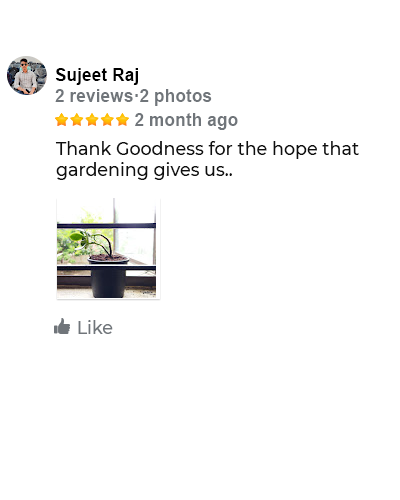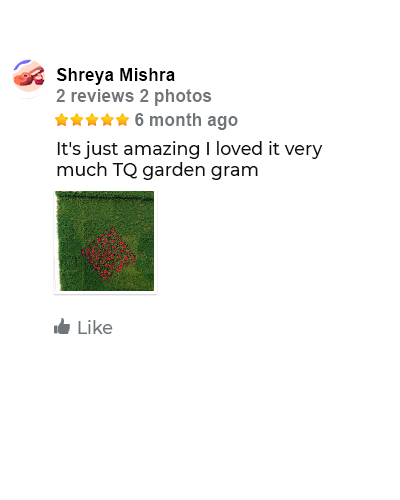Plant Parenting: How to Propagate Plants Successfully
Welcome to the exciting world of plant propagation! Whether you're a seasoned gardener or just dipping your toes into the soil, learning how to propagate plants opens up a world of possibilities for growing your green family.
Plant propagation simply means creating new plants from existing ones, and it's easier than you might think. Whether you want to save money by expanding your garden without buying new plants, preserve your favorite plant varieties, or just enjoy the satisfaction of watching new life grow, propagation is the way to go.
In this article, we'll guide you through the process of successful plant propagation, from understanding the basics to choosing the right plants and mastering propagation techniques. By the end, you'll be equipped with the knowledge and skills to confidently propagate plants like a pro, adding beauty and diversity to your garden.
So, grab your gardening gloves and let's dive into the wonderful world of plant parenting through propagation!
⇝ Methods of Plant Propagation
Plant propagation involves various methods, each with its own unique approach to creating new plants. Let's explore these methods in detail:
1. Seed Propagation:
Seeds are nature's way of ensuring the continuation of plant species. Seed propagation is the process of growing plants from seeds. It's a natural and straightforward method that mimics the way plants reproduce in the wild.
2. Vegetative Propagation:
Vegetative propagation is a method of creating new plants without using seeds. Instead, it involves using vegetative parts of the plant, such as stems, leaves, or roots, to produce offspring. This method allows gardeners to replicate desirable traits of existing plants.
Cuttings: Cuttings involve taking a portion of a plant, such as a stem or leaf, and encouraging it to develop roots and grow into a new plant. This method is popular for many houseplants and ornamental plants.
Division: Division is a method commonly used for perennials and grasses. It involves dividing a mature plant into multiple sections, each with its own root system, to create new plants.
Layering: Layering is a method where a portion of a plant is bent or buried in soil to encourage the growth of roots. Once roots have formed, the new plant can be separated from the parent plant and grown independently.
Grafting: Grafting is a more advanced propagation method used to combine the desirable traits of two different plants into one. It involves joining a shoot or bud from one plant (scion) onto the rootstock of another plant.
3. Tissue Culture:
Tissue culture, also known as micropropagation, is a laboratory-based method of propagating plants. It involves growing plant cells or tissues in a nutrient-rich medium under controlled conditions to produce identical offspring.
4. Bulb Division:
Bulb division is a method specific to bulbous plants like tulips and daffodils. It involves separating bulbs into smaller sections, each containing a portion of the original bulb and capable of producing a new plant.
5. Rhizome Division:
Rhizome division is similar to bulb division but involves separating rhizomes, which are underground stems, into sections to create new plants. This method is commonly used for plants like iris and ginger.
6. Suckering:
Suckering is a natural method of propagation where new shoots, called suckers, emerge from the base of a parent plant. These suckers can be detached and replanted to create new plants.
7. Offsets:
Offsets are small plantlets that develop around the base of certain plants, such as agaves and bromeliads. They can be easily detached and replanted to produce new plants.
8. Spore Propagation:
Spore propagation is a method used for ferns and certain mosses. It involves collecting and sowing spores, which are reproductive cells produced by these plants, to grow new plants.
9. Corm Division:
Corm division is similar to bulb and rhizome division but involves separating corms, which are swollen underground stems, into sections to create new plants. This method is commonly used for plants like crocuses and gladioli.
10. Stem Tubers:
Stem tubers are modified underground stems that store nutrients and can be used for propagation. Examples include potatoes and dahlias, where portions of stem tubers can be planted to grow new plants.
⇝ Choosing the Right Plants to Propagate
When it comes to choosing the right plants to propagate, there are several factors to consider. Let's break it down into manageable parts to make sure you're selecting the best candidates for propagation.
1. Understanding Plant Health
First and foremost, it's crucial to choose plants that are in good health. Look for signs of robust growth, such as vibrant foliage, strong stems, and healthy roots. Avoid plants that show signs of disease, pest infestation, or stress.
2. Assessing Growth Habit
Consider the growth habit of the plant you intend to propagate. Some plants are naturally more conducive to propagation than others. Look for plants with a vigorous growth habit and a tendency to produce offsets, suckers, or runners, as these are often easier to propagate successfully.
3. Environmental Conditions
Take into account the environmental conditions in your garden or indoor space. Different plants have varying requirements for sunlight, water, humidity, and temperature. Choose plants that are well-suited to the conditions you can provide to ensure their success after propagation.
4. Popular Plants for Propagation
To give you some ideas, here are a few popular plants that are commonly propagated:
Succulents: Succulents, such as jade plants, aloe vera, and echeveria, are excellent candidates for propagation due to their ability to produce offsets or "pups" that can be easily separated and planted to create new plants.
Herbs: Herbs like basil, mint, rosemary, and thyme are popular choices for propagation because they root readily from stem cuttings. Simply snip a healthy stem, remove the lower leaves, and place it in water or soil to encourage root growth.
Houseplants: Many common houseplants, including pothos, spider plants, and philodendrons, are ideal for propagation. These plants often produce long vines or runners that can be trimmed and rooted to create new plants, making them perfect for expanding your indoor garden.
Flowering perennials: Perennial flowers like lavender, coneflowers, and sedum are often propagated to create more plants for the garden. These hardy plants can be divided into smaller clumps or propagated from stem cuttings to increase their numbers and add beauty to your landscape.
5. Considering Personal Preferences
Lastly, consider your own preferences and gardening goals. Are you looking to expand your collection with a variety of new plants, or are you focused on preserving and propagating a few favorite specimens? Tailor your plant selection to align with your interests and aspirations as a gardener.
⇝ Preparing for Propagation
Essential Tools and Materials
Before diving into plant propagation, gather essential tools and materials to ensure success. You'll need clean pots or containers to house your new plants, a high-quality potting mix to provide nutrients, sharp pruning shears or scissors for precise cuts, and rooting hormone if necessary to encourage root growth.
Preparing Plant Material for Propagation
Timing is crucial when preparing plant material for propagation. Choose healthy specimens free from disease or pests. Use sterilized tools to prevent the spread of pathogens. Depending on the method of propagation, you may need to prepare cuttings or divisions. Ensure your plants have adequate hydration prior to taking cuttings or dividing.
⇝ Propagation Techniques:
Propagating through Cuttings
Propagating plants through cuttings involves taking a portion of a healthy plant and encouraging it to develop roots. This method is suitable for many types of plants and is relatively easy for beginners.
Stem Cuttings
Stem cuttings are a popular method of propagation where a section of the stem with leaves is cut from the parent plant and placed in a suitable growing medium to encourage root development. There are different types of stem cuttings, including softwood, hardwood, and semi-hardwood, each suitable for different types of plants.
Softwood, Hardwood, and Semi-hardwood Cuttings
Softwood cuttings are taken from young, flexible stems, while hardwood cuttings come from mature, woody stems. Semi-hardwood cuttings are taken from stems that are partially mature. Each type of cutting has its own requirements for successful propagation.
Steps for Successful Stem Cutting Propagation
To successfully propagate plants from stem cuttings, follow these steps:
- Choose a healthy, disease-free parent plant
- Take a cutting with clean, sharp scissors or shears
- Remove excess leaves from the cutting
- Dip the cutting in rooting hormone (if necessary)
- Plant the cutting in a suitable growing medium
- Provide appropriate light, temperature, and moisture conditions for root development
⇝ Caring for Propagated Plants
Rooting Phase Care
During the rooting phase, it's crucial to provide optimal conditions for your propagated plants to establish strong roots. Ensure they receive sufficient but not excessive light, as too much can stress them. Maintain a consistent temperature, ideally between 65-75°F (18-24°C), to encourage root growth. Water your plants regularly, but avoid overwatering, as soggy soil can lead to root rot. Humidity control is also essential, especially for tropical plants, so consider using a humidity tray or misting regularly to create a humid environment.
Transplanting Techniques
When it's time to transplant your propagated plants, choose a suitable location with the right light and temperature conditions for their specific needs. Carefully remove the plants from their containers, taking care not to damage the roots. Gently loosen any compacted roots before planting them in their new location. Ensure the soil is well-draining to prevent waterlogged roots, and water thoroughly after transplanting to help them settle in.
Post-Transplant Care
After transplanting, monitor your propagated plants closely for any signs of stress or disease. Adjust their environmental conditions as needed, providing additional light or humidity if necessary. Follow a regular fertilization schedule to provide them with essential nutrients for healthy growth. Keep an eye out for pests and diseases, and take prompt action to address any issues that arise.
⇝ Troubleshooting Common Issues
Preventing diseases and pests
Spotting signs of stress in propagated plants is crucial for maintaining their health. Keep an eye out for yellowing leaves, wilting, or unusual spots, which could indicate pests or diseases. Implement preventive measures like regular inspection, proper watering, and providing adequate airflow to minimize the risk of infestation.
Common diseases and pests affecting propagated plants
Some common pests and diseases that may affect propagated plants include aphids, mealybugs, fungal infections, and root rot. Recognizing the symptoms and taking prompt action can prevent these issues from spreading and damaging your plants.
Prevention and treatment measures
Implementing natural remedies like neem oil or insecticidal soap can help control pests without harming the plants. For fungal infections, ensure good air circulation and avoid overwatering. Pruning affected parts and applying fungicides can also help manage fungal diseases. Regularly inspecting your plants and maintaining good hygiene practices are essential for preventing and addressing common issues.
⇝ Frequently Asked Questions/ FAQs
1. What is the propagation of a plant?
Propagation of a plant refers to the process of creating new plants from existing ones. It's nature's way of allowing plants to reproduce and multiply. This can be done through various methods like seeds, cuttings, division, or layering.
2. What are 4 ways to propagate a plant?
There are four main ways to propagate a plant:
- Seed propagation: Growing plants from seeds.
- Cuttings: Taking a piece of a plant and growing it into a new plant.
- Division: Separating a plant into multiple sections, each capable of growing into a new plant.
- Layering: Encouraging a stem to grow roots while still attached to the parent plant.
3. What is the best method of propagation?
The best method of propagation depends on the type of plant and personal preference. Some plants may propagate more successfully through seeds, while others may thrive better through cuttings or division. It's essential to research the specific needs of the plant you want to propagate and choose the method that suits it best.
4. Can we propagate plants in water?
Yes, many plants can be propagated in water. This method involves placing cuttings or stems of certain plants in water until they develop roots. It's a simple and effective way to propagate plants like pothos, spider plants, and philodendrons. However, not all plants can be successfully propagated in water, so it's essential to research the specific requirements of each plant before attempting water propagation.
Congratulations on successfully multiplying your plant family through propagation! You've now unlocked a whole new level of gardening joy. With a bit of know-how and some tender loving care, you've managed to create new plants from existing ones, adding diversity and beauty to your garden. Keep nurturing your propagated plants, and enjoy watching them thrive and grow. Remember, the journey of plant parenting through propagation is both rewarding and fulfilling.








